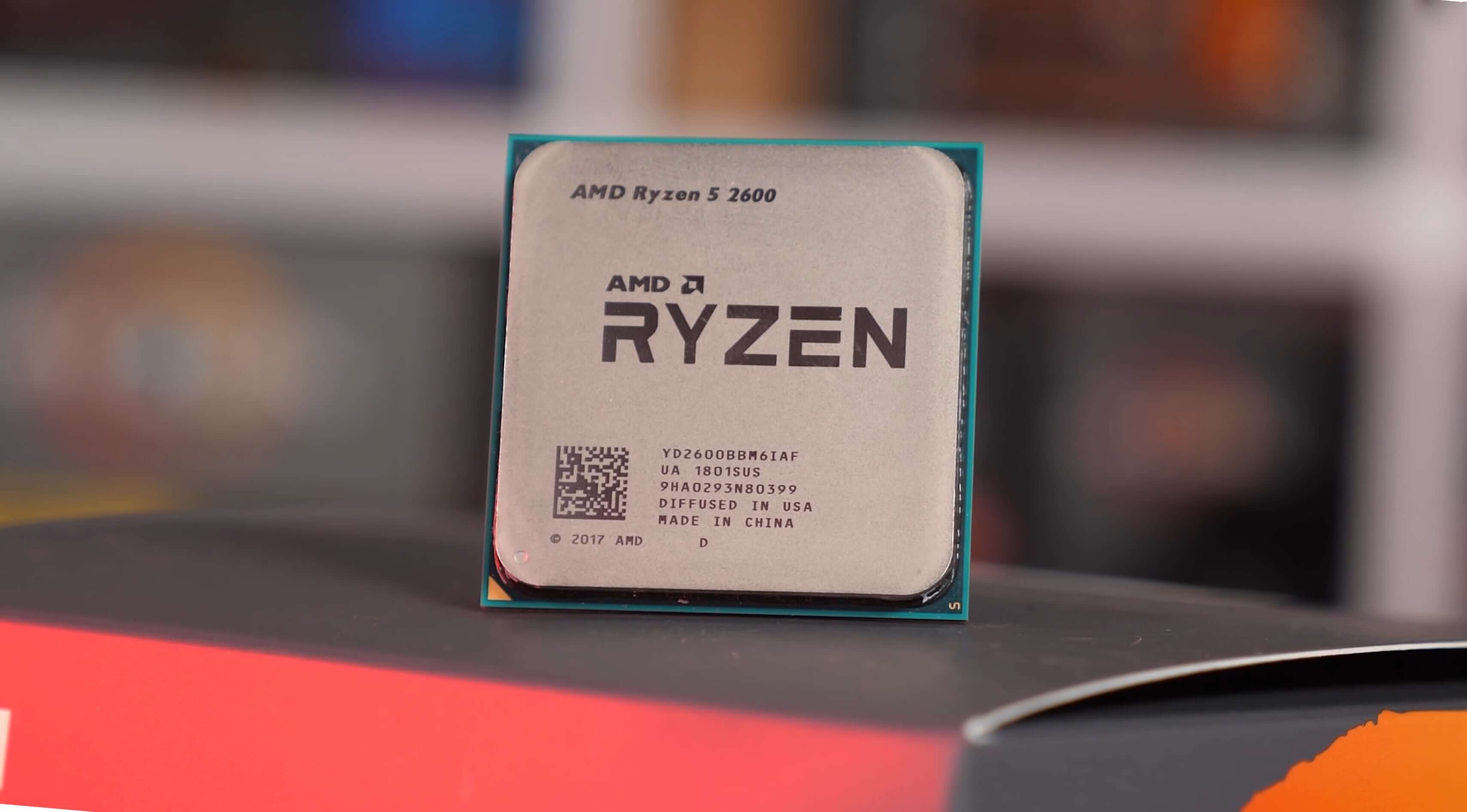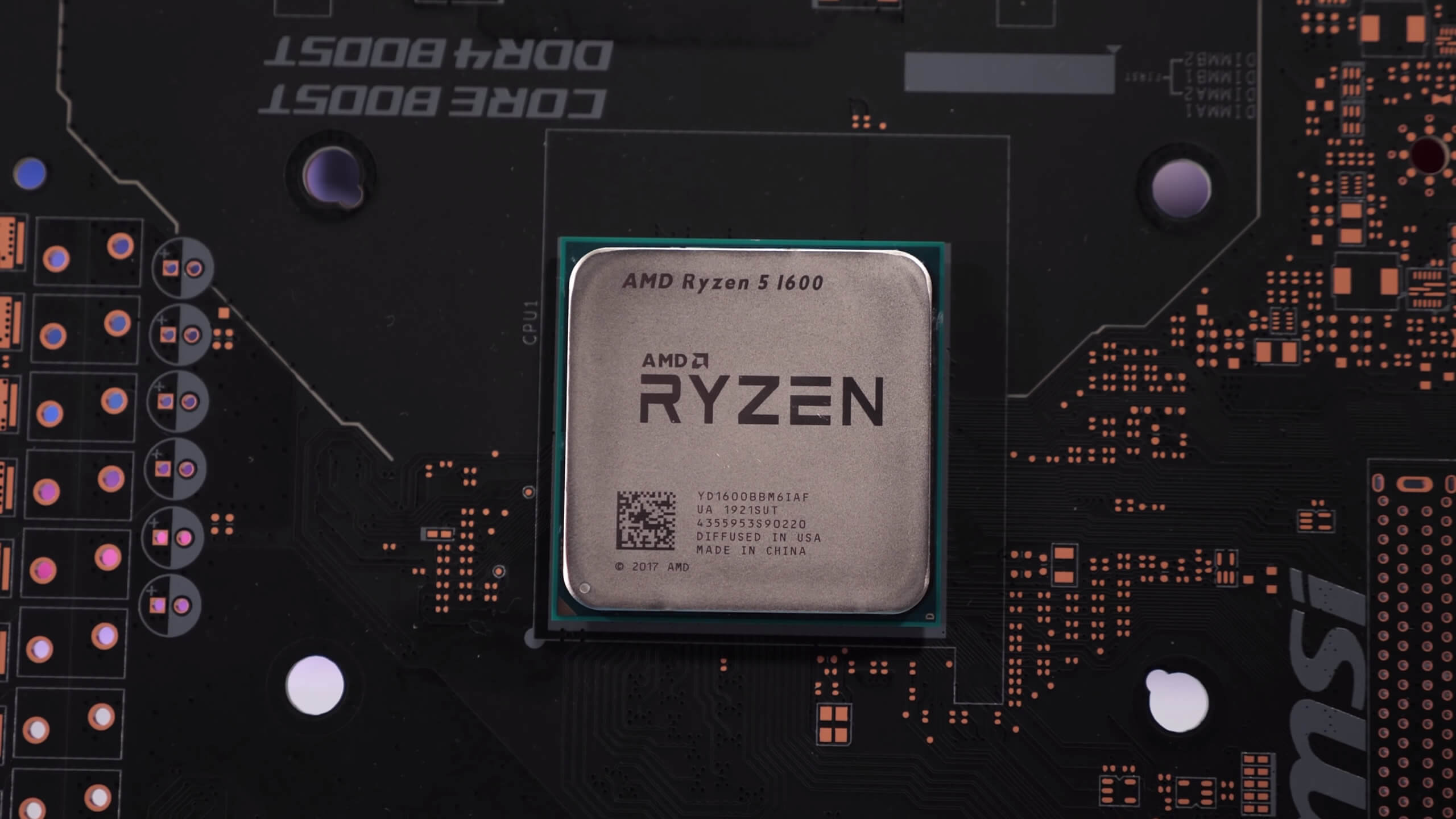

- #Best ryzen temp monitor how to
- #Best ryzen temp monitor install
- #Best ryzen temp monitor update
- #Best ryzen temp monitor software
To load to use lm_sensors most effectively. This program will help you determine which kernel modules you need

We do that by typing command sudo sensors-detect: $ sudo sensors-detect
#Best ryzen temp monitor install
Use yum command to install lm_sensors on CentOS 7 and RHEL 7 $ sudo yum install lm_sensors Detecting compatible sensors on Ubuntu Linux Use dnf command to install lm_sensors on Fedora Linux. Then run the following pacman command from the terminal: $ sudo pacman -S lm_sensors

To install lm_sensors on Arch Linux, enable the extra repository in '/etc/nf'. Install Psensor Server if you want to print the temperature and fan speed of a remote server. Then install Lm_Sensors by running the following command which I have tested on Ubuntu 18.04, Ubuntu 20.04, and Debian 10: $ sudo apt install lm-sensors Open the terminal on Ubuntu by pressing the shortcut key CTRL + ALT + T from your keyboard.
#Best ryzen temp monitor how to
So first let's check how to install lm-sensors package on various Linux distros. By default, Lm_sensors are not installed in most Linux distributions, therefore, we have to install them ourselves. Lm_sensors is a command-line tool that is used to show the current readings of all chip sensor data, including CPU temperature. 1) Check CPU temperature using Lm_Sensors

In this tutorial, we will learn how to get the CPU temperature on Ubuntu Linux from command line as well as from Desktop.
#Best ryzen temp monitor software
You must have a good, clean laptop cooler, not dusty, and remove any unwanted software that uses high CPU. Also running the laptop in power saving mode reduces overheating. If your laptop is getting hot, make sure the laptop is positioned properly so it won't restrict airflow. The source of laptop overheating normally comes from extensive CPU, GPU (video cards), or hard disk temperature. Monitoring hardware temperature can help you diagnose any CPU overheating problems of the system. We have successfully configured and used it by using lm-sensors and CPU temperature Indicator.Hardware overheating often creates a bad performance of your system. Psensor is a GUI based customizable application to check CPU temperature on your Linux system. You will be able to see the CPU temperature on your taskbar, as indicated in the image. Try configuring it and enabling it for the desktop. Open it and install the CPU temperature Indicator on your system. Go to the Linux taskbar and search for Applets. You can enable the different provider’s support from it as well by check-marking the provider’s packages. You can change it to Celcius and Fahrenheit as well.Ĭhange graph preferences as per your choice from the graph bar.
#Best ryzen temp monitor update
Click on Preferences to update the unit of temperature. You can customize the Psensor display as well.ĭirect to the top most menu and click on Psensor. Navigate to Sensor Preferences and update graph settings.Ĭheckmark the Active desktop notifications to get notified. To update preference, navigate to the top menu, and click on Psensor. You will see the graph and statistics of the CPU in the Psensor temperature monitor window. You will find the installed Psensor application in it. Navigate to the Menu bar of the Linux system, and search for Psensor. After a while, Psensor will be installed and ready to be used. It may ask to affirm your action by typing Y or y in the command terminal.


 0 kommentar(er)
0 kommentar(er)
